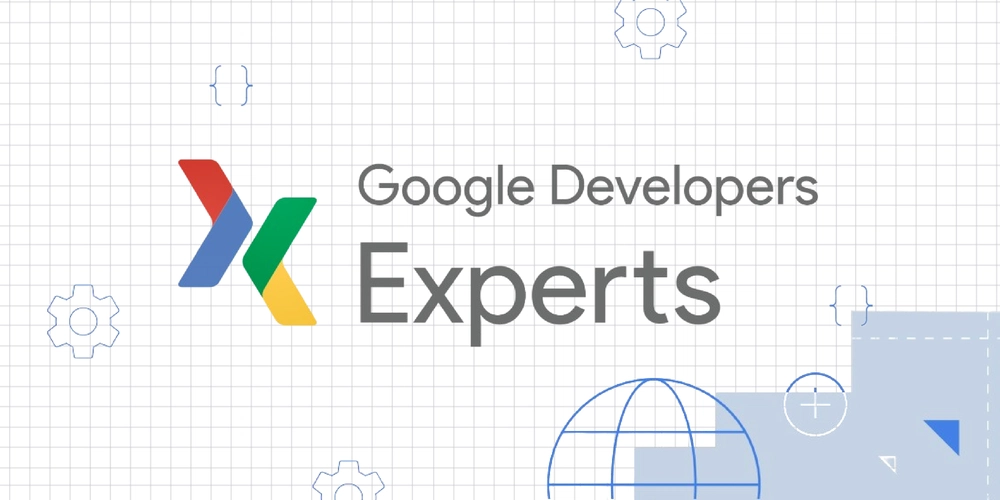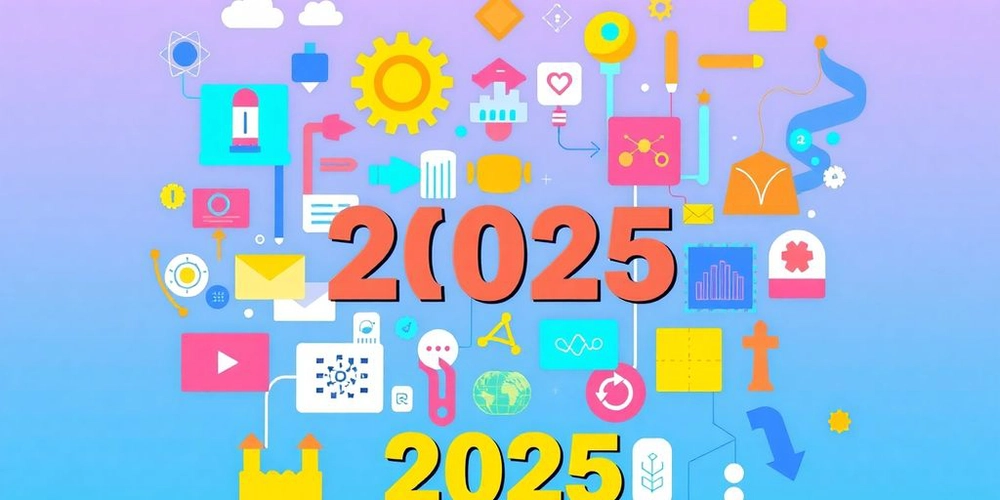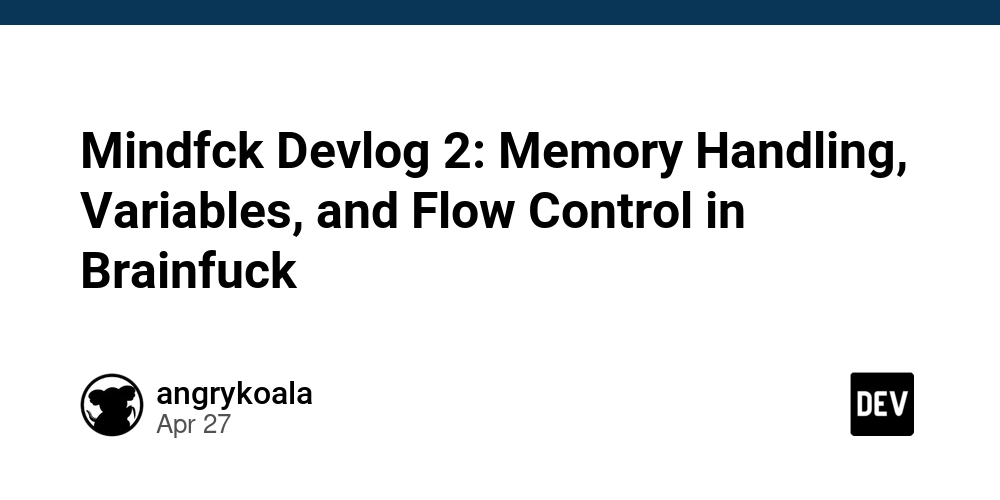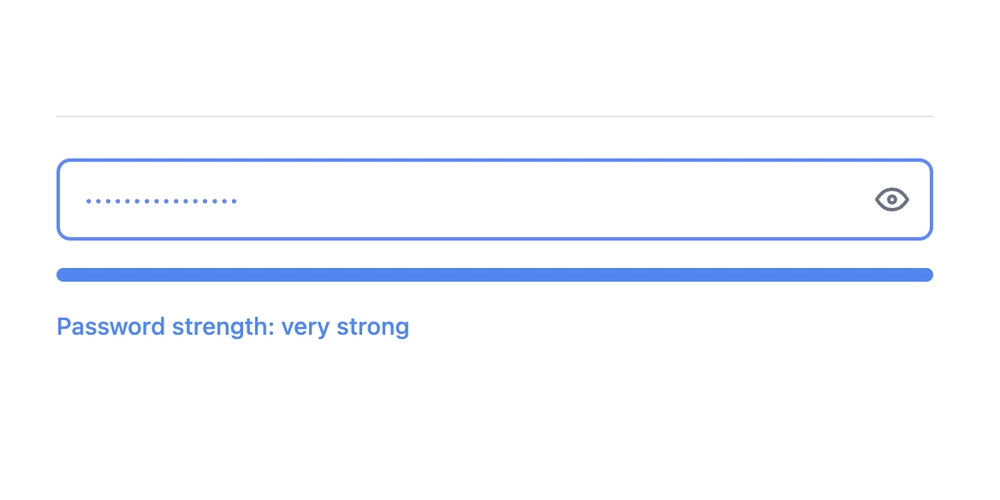Kimi-Audio: Your Guide to Open-Source Audio Understanding, Generation, and Conversation
Explore Kimi-Audio, a revolutionary open-source audio foundation model designed to excel in audio understanding, audio generation, and even engaging in natural audio conversations. This comprehensive guide breaks down everything you need to know about this exciting project, from its architecture to how you can use it.

What is Kimi-Audio?
Kimi-Audio represents a significant leap forward in audio processing. It's a unified framework capable of handling a wide array of tasks. From transcribing speech to answering questions about audio content and generating realistic speech, Kimi-Audio is incredibly versatile. It achieves state-of-the-art results on numerous audio benchmarks.
Key Features of Kimi-Audio:
- Universal Capabilities: Handles speech recognition (ASR), audio question answering (AQA), audio captioning (AAC), speech emotion recognition (SER), and more.
- State-of-the-Art Performance: Outperforms existing models on various audio benchmarks.
- Large-Scale Pre-training: Trained on over 13 million hours of diverse audio and text data for robust understanding.
- Novel Architecture: Uses a hybrid audio input and an LLM core for efficient processing.
- Efficient Inference: Features chunk-wise streaming for low-latency audio generation.
- Open-Source: Encourages community-driven research and development.
Unpacking the Kimi-Audio Architecture
Kimi-Audio's architecture is composed of three essential building blocks, each designed for optimal performance.

Here's a closer look at the components:
- Audio Tokenizer: Transforms audio into discrete semantic tokens and continuous acoustic features.
- Audio LLM: A transformer-based language model that processes multimodal inputs and generates both text and audio tokens.
- Audio Detokenizer: Converts predicted audio tokens into high-fidelity waveforms using a flow-matching model and vocoder.
Quick Start Guide: Generating Text and Audio with Kimi-Audio
Ready to get started? This example demonstrates generating text from audio (ASR) and generating conversational turns.
Evaluating Kimi-Audio's Performance: Benchmarks and the Evaluation Toolkit
Kimi-Audio has demonstrated exceptional performance across various audio benchmarks. Explore the Kimi-Audio-Evalkit for reproducing results. This toolkit helps maintain fair comparison for audio understanding.
Kimi-Audio achieves state-of-the-art Automatic Speech Recognition (ASR) performance. It also demonstrates strong capabilities in audio understanding, and audio-to-text chat. Plus, the tool excels at speech conversation tasks.

The Kimi-Audio Evaluation Toolkit: Standardizing Audio Model Assessment
Evaluating audio foundation models can be tricky, with inconsistent metrics and configurations. The Kimi-Audio Evaluation Toolkit offers a unified platform for fair comparisons. The Audio evaluation toolkit includes standardized settings. Also, it integrates LLMs for judging, such as for AQA tasks. Plus, it provides a benchmark for evaluating speech conversation abilities related to control, empathy and style.
Kimi-Audio Generation Testset: Benchmarking Conversational Abilities
The Kimi-Audio Generation Testset is specifically designed to evaluate the conversational capabilities by audio dialogue models. It uses diverse audio files with instructions and prompts to assess a model's ability to generate styled audio responses. The set's content and primary communication is in Chinese.
Understanding the Kimi-Audio License
Kimi-Audio builds upon Qwen 2.5-7B. Code derived from this model is licensed under Apache 2.0. All other code falls under the MIT License.
Contributing and Staying Connected
For questions, issues, or collaboration, engage with the Kimi-Audio community on GitHub. Your contributions are greatly appreciated!
.png)















